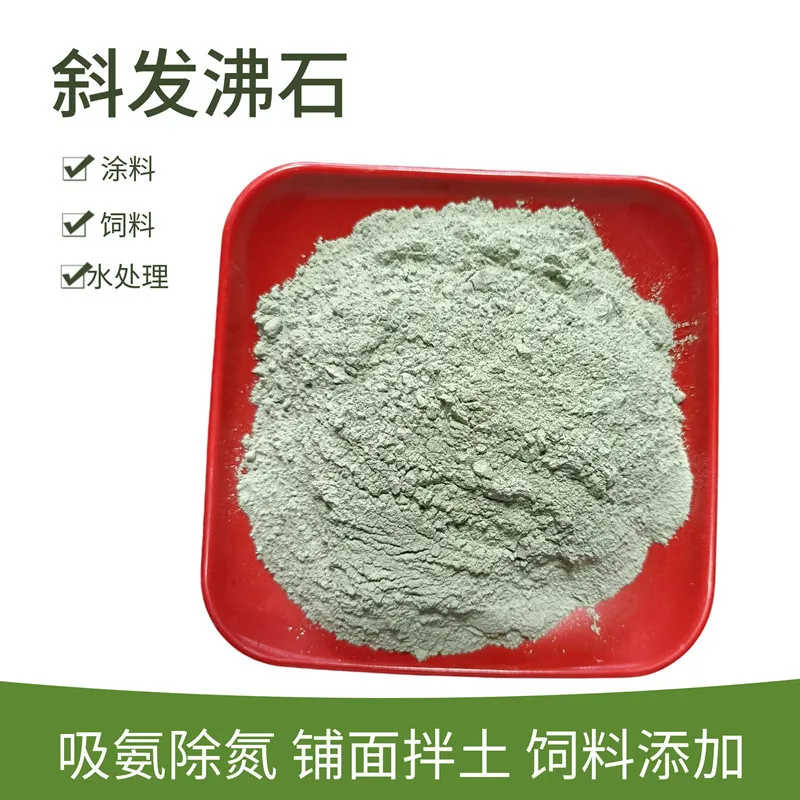
alumina al203
Understanding Alumina (Al₂O₃) Composition, Properties, and Applications
Alumina, chemically represented as Al₂O₃, is an essential compound in various industries, known for its unique properties and versatile applications. Comprising aluminum and oxygen, alumina is a white crystalline substance that can be found in nature as corundum, gemstones such as sapphires and rubies, and in its hydrated form as bauxite, which is the primary ore for aluminum extraction.
Composition and Properties
Alumina possesses a distinctly high melting point of approximately 2050 °C (3722 °F), which makes it suitable for high-temperature applications. Its structure can exist in several crystalline forms, with the most stable form being alpha-alumina, which exhibits excellent hardness and durability. This hardness is second only to diamond, making alumina an ideal material for abrasives and cutting tools.
Moreover, alumina is an excellent electrical insulator, with a dielectric strength that allows it to be used in electronic applications. It is resistant to corrosion and oxidation, which contributes to its longevity in various environments. Its chemical stability and thermal resistance make it a crucial component in flame-retardant materials, coatings, and insulation.
Production Methods
The primary method to produce alumina involves the Bayer process. This process begins with the crushing and grinding of bauxite ore, followed by the extraction of aluminum oxide through the use of caustic soda at high temperatures. This results in a slurry that is filtered to remove impurities. The remaining aluminum hydroxide is then precipitated, washed, and heated to drive off water, yielding alumina.
An alternative method for producing alumina is the Hall-Héroult process, which is primarily used for aluminum metal production. In this method, alumina is electrolyzed to obtain liquid aluminum and oxygen. While the Hall-Héroult process is more focused on metal production, it underscores the importance of alumina as a precursor for aluminum manufacturing.
Applications of Alumina
alumina al203

1. Abrasives Due to its hardness, alumina is widely used as an abrasive material. It can be found in sanding papers, grinding wheels, and polishing compounds, serving various industrial processes such as metalworking and surface finishing.
2. Ceramics Alumina is a critical ingredient in the production of advanced ceramics, which are often used in electrical insulators, structural components, and wear-resistant surfaces. Its thermal stability and superior mechanical properties make it ideal for these applications.
3. Catalysts and Catalyst Supports In chemical processes, alumina is a common support material for catalysis. Its high surface area and porosity allow for effective catalytic activity, facilitating reactions in petroleum refining and chemical manufacturing.
4. Biomedical Applications Alumina's biocompatibility makes it suitable for medical applications, including dental ceramics and prosthetics. Its hardness and aesthetic qualities enhance the functionality and appearance of dental restorations.
5. Electronics In electronics, alumina serves as an insulator for electrical components. It is used in substrates for electronic circuits, contributing to the reliability and performance of devices in consumer electronics, telecommunications, and aerospace.
6. Environmental Applications Alumina plays a significant role in environmental technologies, such as in water treatment processes where it is utilized in adsorbent materials for removing impurities and toxins.
Conclusion
Alumina (Al₂O₃) is a multi-faceted compound that has become indispensable across various sectors due to its remarkable properties and versatility. From enhancing the durability of industrial tools to serving significant roles in electronics and environmental applications, alumina continues to be a subject of research and innovation. As industries evolve, the demand for alumina is likely to grow, leading to further advancements in production methods and applications, positioning it as a cornerstone material for the future.
Share
-
Vermiculite Wholesale – Premium Quality, Bulk Supply & Competitive PricingNewsJun.10,2025
-
Premium Glass Pebbles Custom Glass Pebbles Factory & OEM Manufacturer Reliable Custom Glass Pebbles FactoriesNewsJun.10,2025
-
Expert Custom Zeolite Producers Manufacturers & FactoriesNewsJun.10,2025
-
Custom Glow in the Dark Beads High-Quality Custom ManufacturersNewsJun.10,2025
-
China Ceramsite Balls Factory - Lightweight & Durable Media Solutions ManufacturerNewsJun.09,2025
-
Custom Matte Mica Powder Manufacturers High Quality & AffordableNewsJun.09,2025






